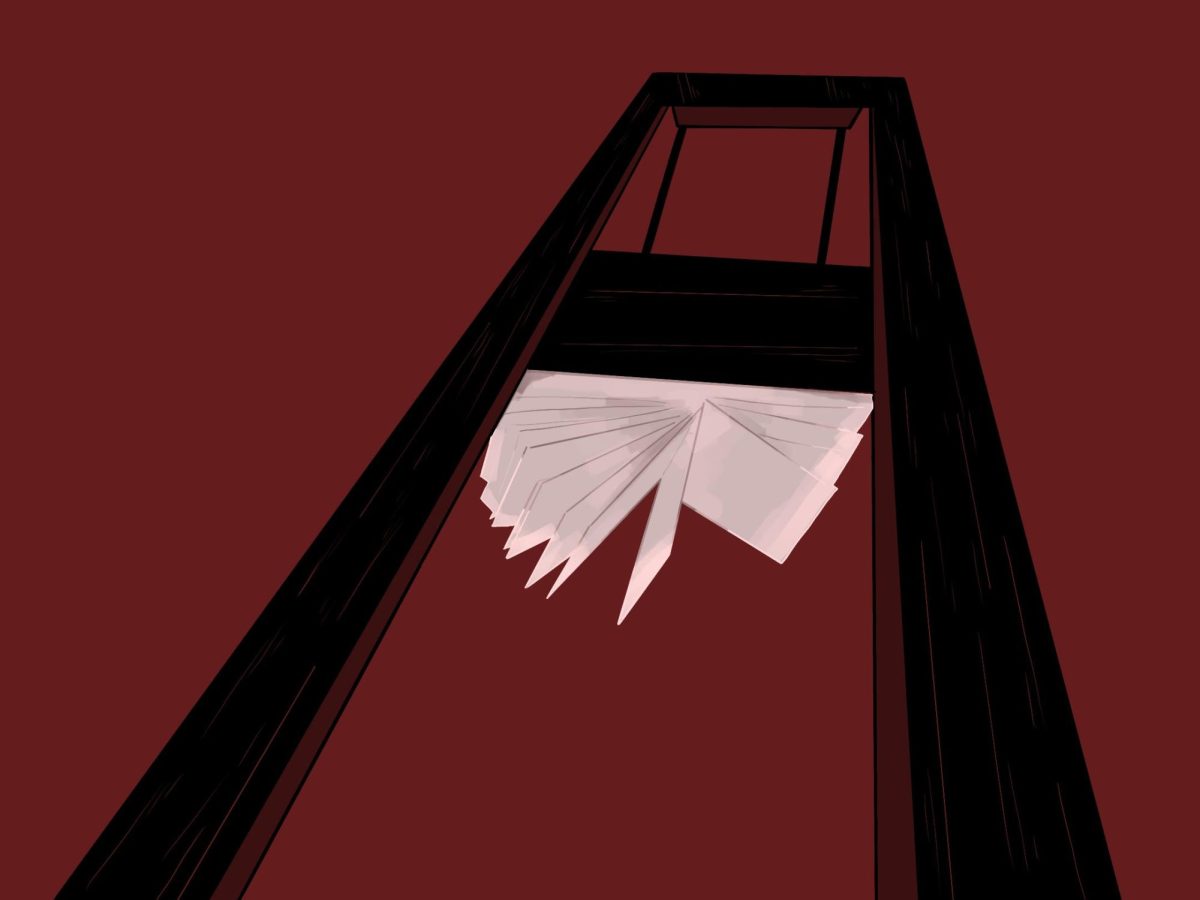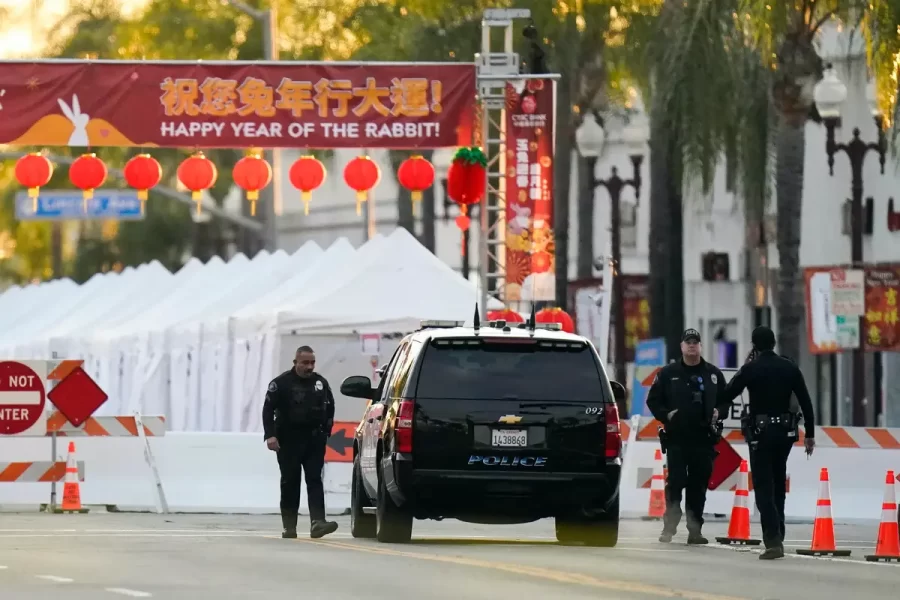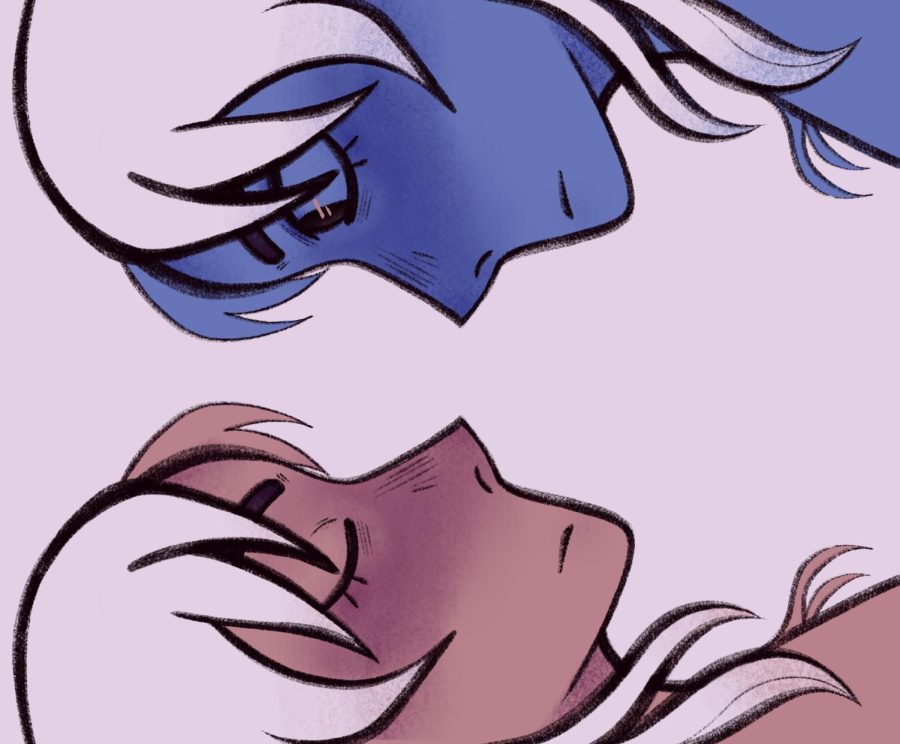
When looking at our education system, it becomes apparent that many changes have been made in the last couple of decades. Sixty years ago teachers still had the right to hit students, men and women were separated in classrooms and people would be segregated on account of their skin color.
Now, our classrooms are usually a diverse, co-ed environment. However, all of the change that has occurred has seemingly come to a halt. From where I see it, the evolution in our educational system has reached a plateau.
Unfortunately, school has become a drone-like society that requires little thought. Students simply go from one class to another hearing hour-long lectures. Afterwards, they return to their homes, read the designated passages from their textbook, and finish the assigned homework. The next day they repeat the process all over again.
For years we have followed this strict, dull teaching method for the mere reason that we see it as the quickest and most effective way of learning. However, methods such as these tend to suppress student’s creativity and weaken their analytical skills.
Institutions of education not only have the responsibility of teaching students, but also in stimulating their curiosity. Such stimulation leads to a student becoming informed citizens and contributing members of society.
Thomas Aquinas College has done a fantastic job in putting this thought-provoking theory into action. Located in Santa Paula, this private, liberal arts school forgets prescribed majors, lectures, and textbooks. Instead, their school’s curriculum revolves around the idea that a “sustained conversation in the form of tutorials, seminars, and laboratories.”
There are no long lectures led by teachers; but students do read the writings of Plato, Euclid, and Einstein to help them discuss their own thoughts. They go deep into the subject and examine every piece of information.
According to the school, such practices strengthen students’ “lost tools of inquiry, argument, and translation. ” This neither skews nor narrows their view on topics, but moreover, allows them to look at a subject, acknowledge both sides, and make an informed decision.
These are the kind of things that should be taking place in our schools throughout the country!
We should bring forth the elements from the past and combine them with contemporary practices. Schools should become the kind of place where one comes to think not just do. Constructing this type of community stimulates intellectual development, which is what schools should be about. A place where we go to learn, not merely get an “A.”
However, adopting this liberal teaching method all at once is a far too radical of a step step. In order for schools to create the ideal learning community, they must ease into it.
Having more in-class Socratic seminars, debates, and creating clubs dedicated to making students reach their full creative and intellectual potential are possible ways in which schools can begin transitioning toward a more stimulating environment.
This is something that should be of the utmost importance for students, parents, and teachers. If we fail to adapt to modern teaching methods, we risk creating a youth that has neither the ability nor the capacity of evaluating and analyzing the events occurring around them. These students therefore become incapable of making the decisions that are not only vital to them, but also for those around them.









